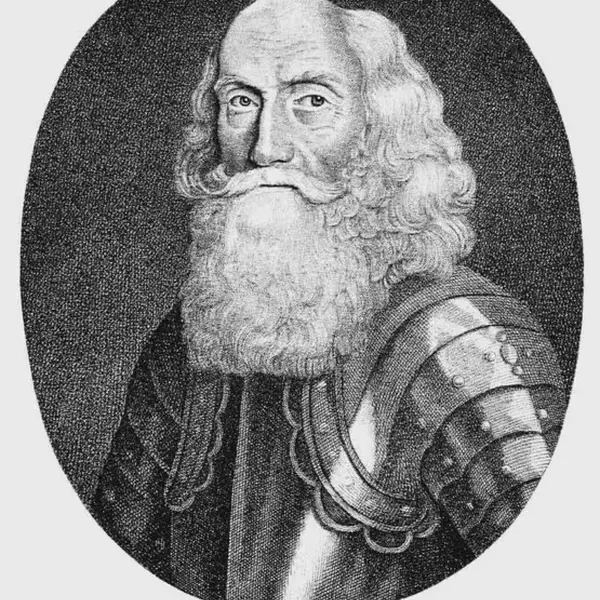
General Tam Dalyell Raises a Regiment to Suppress Covenanters Which Later Became the Royal Scots Greys
November 25, 1681
Sir Tam Dalyell, later known as General Tam Dalyell of the Binns, raised a regiment in 1678 to suppress the Covenanters during a period of religious and political conflict in Scotland. This regiment, initially raised to deal with religious dissent, would eventually become known as the Royal Scots Greys.
Sir Thomas Dalyell of The Binns, 1st Baronet (1615–1685) was a Scottish Royalist general in the Wars of the Three Kingdoms, also known by the soubriquets “Bluidy Tam” and “The Muscovite De’il”.
Dalyell was born in Linlithgowshire, the son of Thomas Dalyell of The Binns, head of a cadet branch of the family of the Earls of Carnwath, and of Janet, daughter of the 1st Lord Bruce of Kinloss, Master of the Rolls in England.
Battles
- Battles/wars Huguenot rebellions
- Siege of La Rochelle
- Wars of the Three Kingdoms
- Battle of Worcester
- Russo–Polish War (1654–67)
- Scottish Covenanter Wars
- Battle of Rullion Green
Royal Scots Greys
The Royal Scots Greys was a cavalry regiment of the British Army from 1707 until 1971, when they amalgamated with the 3rd Carabiniers (Prince of Wales’s Dragoon Guards) to form the Royal Scots Dragoon Guards.
The Royal Scots Greys, formally known as the 2nd Dragoons (Royal Scots Greys), became one of the oldest and most distinguished regiments in the British Army. The regiment’s history began in 1678, when three independent troops of Scots Dragoons were raised. In 1681, these troops were regimented to form The Royal Regiment of Scots Dragoons, numbered the 4th Dragoons in 1694.
The regiment played a notable role in various conflicts, including the War of the Spanish Succession, the Napoleonic Wars, and both World Wars.
The regiment earned the nickname “Greys” due to the grey horses used by its cavalry. Over the years, the Royal Scots Greys gained a reputation for their military prowess and courage in battle. The regiment was amalgamated with the 3rd Carabiniers (Prince of Wales’s Dragoon Guards) in 1971 to form the Royal Scots Dragoon Guards, continuing the legacy of its predecessor units.